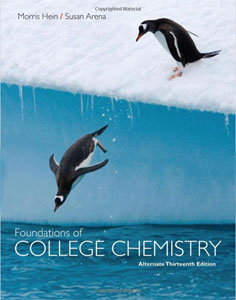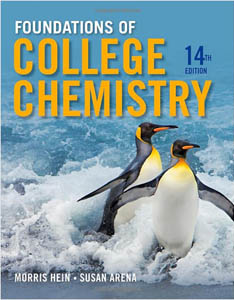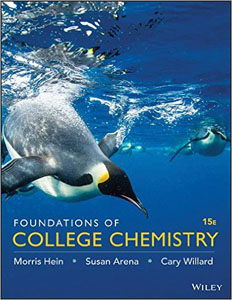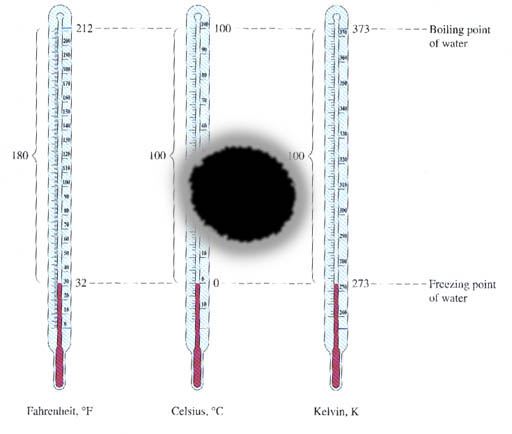
11th edition

12th edition

13th edition

14th edition

15th edition
Math & Measurement
Reading Assignment |
 11th edition |
 12th edition |
|
 14th edition |
|
Instructions are given for all of the above editions |
||||
 |
Temperature: Read what the book says about temperature and the three scales used for temperature. Learn how to convert between the three scales. Notice that the book gives you names of the three scales, (Fahrenheit, Celsius, & Kelvin) but does not explain how these names came about or the how the temperature scales were created. I feel that if you don't know this background information, there will always be a hole in your learning. I cover temperature in a separate tutorial, but if I didn't, you should do your own background check. |
|
 |
Density: 11th Edition, Sec. 2.9, page 35: Density can be calculated with simple measurements-volume and mass. Read Section on Density |
|
|
The book shows both the algebraic approach and the Dimensional Analysis approach. Trust me, the Dimensional Analysis will be easier in the long run, so focus on that approach. |
||